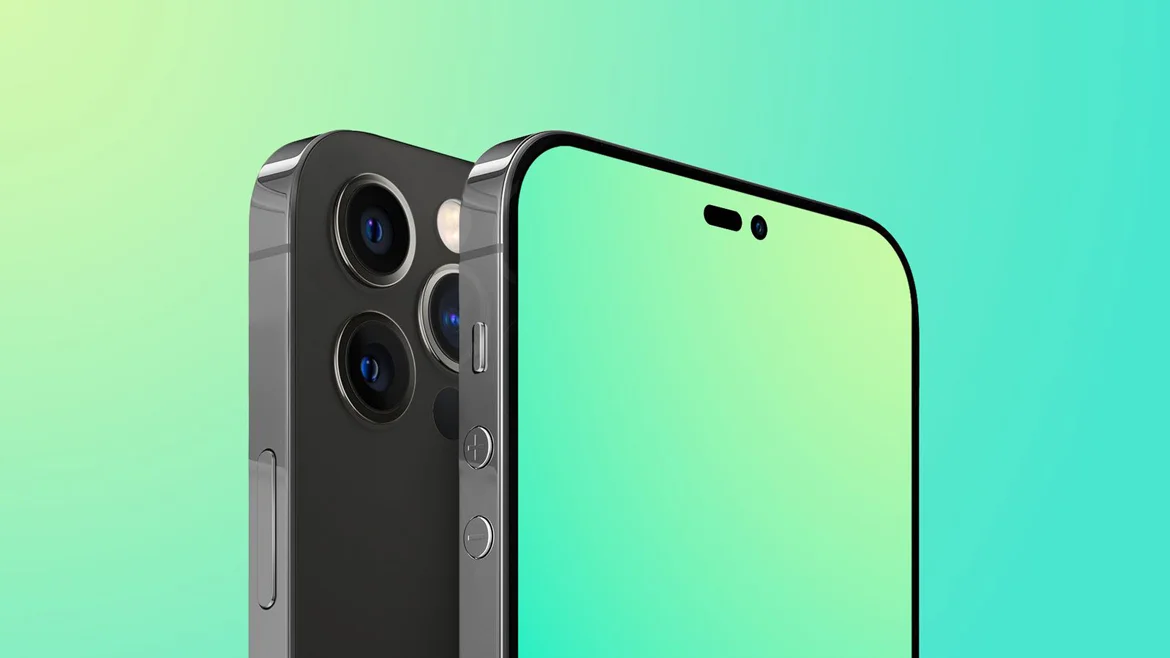See Skydiving Salamanders Show Off Their Complex Aerial Maneuvers
Wandering salamanders are the flying squirrels of the amphibian world.

Wandering salamanders get to around 4 inches (10 centimeters) long and live high up in redwood trees.
High up in the canopy of the California redwood forests, the wandering salamander lives, eats and soars. Scientists are marveling at the skydiving amphibians and their ability to effortlessly glide and pull off complex aerial maneuvers.
A study led by researchers at the University of South Florida (USF) and the University of California at Berkeley investigated Aneides vagrans’ gliding skills using a wind tunnel to capture slow-motion footage of the amphibians in action. The wind tunnel simulated the conditions of falling through the air. The paper appeared in the journal Current Biology on Monday.
“They are able to turn. They are able to flip themselves over if they go upside down. They’re able to maintain that skydiving posture and kind of pump their tail up and down to make horizontal maneuvers,” USF biologist and lead author Christian Brown said in a UC Berkeley statement on Monday. “The level of control is just impressive.”
The research team compared wandering salamanders with other salamanders, including ground-dwelling ones. The ground-dwelling amphibians essentially sucked at the wind tunnel experiment. Brown said they “just kind of hover in the wind tunnel freaking out.” By comparison, A. vagrans was comfortable and dexterous in the air.
The biologists ascend into the trees to study the animals, which is how they first noticed the salamanders’ leaping and gliding abilities. The wandering salamanders seem to be using their flying skills as a way to stay up in the canopy in case of a fall or when they need to jump to avoid predators or to descend a tree. The gliding comes in handy considering the creatures live 150 feet (46 meters) off the ground in towering redwoods.
Another UC Berkeley video shows what the salamanders look like when they jump.
The researchers are fascinated by how the salamanders are pulling off these aerial ballets since the amphibians look the same as other salamanders and don’t have any obvious aerodynamic adaptations that would help them parachute. The team is calling for further study to better understand how subtle physical features might play a role in the skydiving.
The amphibians spend their entire lives in the canopy, and it seems they’ve developed an efficient and safe way to navigate their arboreal habitat. It shows you don’t necessarily need wings or skin flaps to be a great glider.


